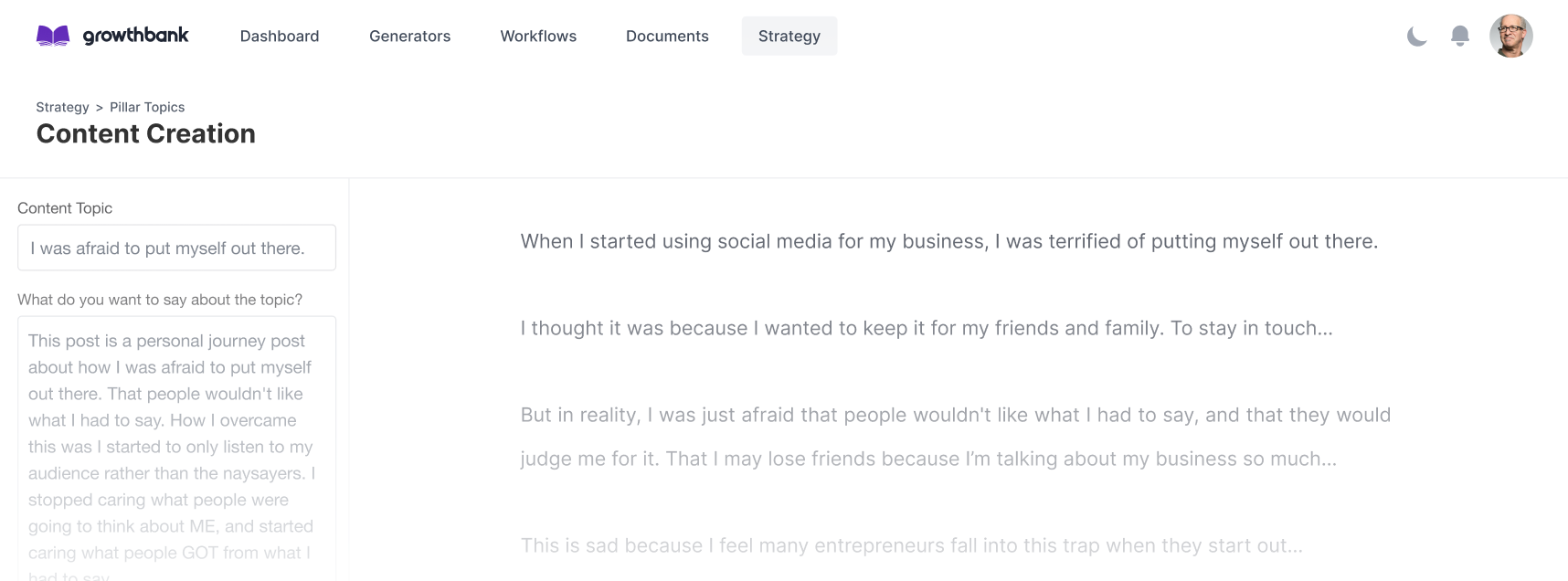
How often have you heard someone say they want to write their book or blog posts, but don’t know where to start? Or maybe you're a skilled copywriter and you’ve written...
Are you tired of writing dull, uninspiring headlines that fail to grab readers' attention? If so, you're not alone. In today's fast-paced world, it can be tough to stand out from the crowd and get people to engage with your content.
But the truth is, headlines are incredibly important. They're the first (and sometimes only) opportunity you have to make a good impression on readers. A well-written headline can be the difference between someone reading your article and moving on, or taking the time to learn more about what you have to say.
In this blog post, we'll share 10 tips for writing better headlines. Whether you're a seasoned pro or just getting started, these tips will help you create headlines that are more likely to grab attention and get results. So let's get started!
Headlines are important because they give readers an idea of what your content is about, and whether it is worth their time. If a headline isn’t compelling enough, the reader will likely move on without taking the time to read your piece. A good headline can also help improve your search engine optimization (SEO) efforts, allowing you to reach a larger audience.
To grab a reader's attention with a headline, you need to make it stand out from the rest of the content on the page. This can be achieved by using strong language, making it relevant to your target audience, and keeping it short and to-the-point. Additionally, including numbers or statistics can often help draw in more readers.
When it comes to creating effective headlines, one of the most important factors to consider is your target audience. Knowing who you are writing for and what type of language they are likely to respond to can make all the difference in the success of your headline.
Here are a few tips for writing headlines that will resonate with your audience:
By considering your target audience and tailoring your language to them, you can create headlines that are more likely to resonate and achieve your desired results.
Using an active voice in your headlines can help make them more engaging and interesting. An active voice creates a sense of immediacy and action, which can grab readers' attention and encourage them to click on your headline. For example, instead of saying "Tips on How To Write Better Headlines", try using "Write Better Headlines With These Tips". This will help draw in more readers and make your headline stand out.
Research has shown that headlines with an active voice tend to perform better than those with a passive voice. In one study, headlines with an active voice generated 32% more social shares and 41% more clicks compared to those with a passive voice. So if you want to boost traffic and engagement on your blog, using an active voice in your headlines is a great way to start.
Here are a few more examples of headlines that use an active voice:
As you can see, these headlines are short, concise, and direct, which makes them more likely to grab readers' attention and entice them to click. By using an active voice in your headlines, you can give your blog posts a boost and help them stand out in a crowded online landscape.
Using specific language in your headlines can make them clearer and more engaging for readers. Instead of using general terms like "Tips," consider using words that are more descriptive and accurately reflect the content of your article.
For example, you could use words like "checklist," "guide," "comprehensive," "detailed," or "step-by-step." This will help grab the reader's attention and clearly convey the main message of your article.
Using specific language can also make your headlines more actionable and encourage readers to click through to the article.
Effective headlines are typically no longer than 8-10 words. This helps readers quickly understand what the content is about and makes the headline easier to read and remember. Here are some examples of short and sweet headlines that effectively convey the content of an article:
When crafting your own headlines, aim for concision and clarity to grab readers' attention and encourage them to click through to your content.
Punctuation isn't just a tool for grammar and syntax - it can also be used to add emphasis and interest to your headlines. For example, using an exclamation point or question mark can help grab a reader's attention and make them want to learn more. But don't stop there - try using other punctuation marks in creative ways to make your headlines stand out. Here are some ideas to get you started:
By being creative with punctuation, you can add emphasis, interest, and personality to your headlines, making them more effective at grabbing readers' attention.
There's more than one way to write a great headline. In fact, there are several different forms of headline writing that you can use, each with its own unique benefits. For example:
Experimenting with different styles of headlines can help you find the one that resonates most with your audience and helps you stand out from the competition.
Including numbers or statistics in your headlines can be a powerful way to grab readers' attention. They provide concrete and specific information that helps readers understand what they can expect from the article. For example:
But it's important to make sure that the numbers and statistics you include are accurate and relevant to the topic. This will help to build trust with your readers and make your headlines more effective."
Using emotional language in your headlines can be a powerful way to connect with readers and encourage them to click on your article. Emotions are a fundamental part of human experience, and they can motivate us to take action in powerful ways. For example:
By tapping into emotions, you can create headlines that grab readers' attention, engage their hearts and minds, and inspire them to take action.
When crafting your headlines, it's important to consider how they will perform in search engine results pages (SERPs). By including keywords that are relevant to your topic, you can improve your ranking and reach a larger audience. Here are some examples of headlines that effectively use keywords to improve their SEO:
Choose keywords that are specific and relevant to your topic, and use them in a way that flows naturally with the rest of the headline. This will help your headlines rank well in SERPs and improve their chances of being clicked on by readers."
Once you've created your headlines, it's important to test them and measure their performance. This will help you determine which headlines are more successful, and allow you to refine your approach over time. Here are some tips for testing and measuring your headlines:
Here are some examples of headlines that have been tested and refined through A/B testing and tracking:
By testing and measuring your results, you can continually improve your headline writing skills and increase the effectiveness of your content.
In conclusion, crafting compelling headlines is an essential skill for any writer or content creator. By following our 10-point checklist, you can create headlines that are short, sweet, and attention-grabbing, helping you to boost traffic and engagement for your content. Some key takeaways from our checklist include:
By following these tips and techniques, you can write better headlines that will grab readers' attention and keep them coming back for more. So what are you waiting for? Start writing better headlines today!

How often have you heard someone say they want to write their book or blog posts, but don’t know where to start? Or maybe you're a skilled copywriter and you’ve written...

Are you curious about the future of AI in the workplace? Artificial intelligence (AI) is becoming increasingly important in marketing and sales as technology advances....
If you want to see what it's like to write with GrowthBank, sign up for our private beta and save 20 or more hours every week.
